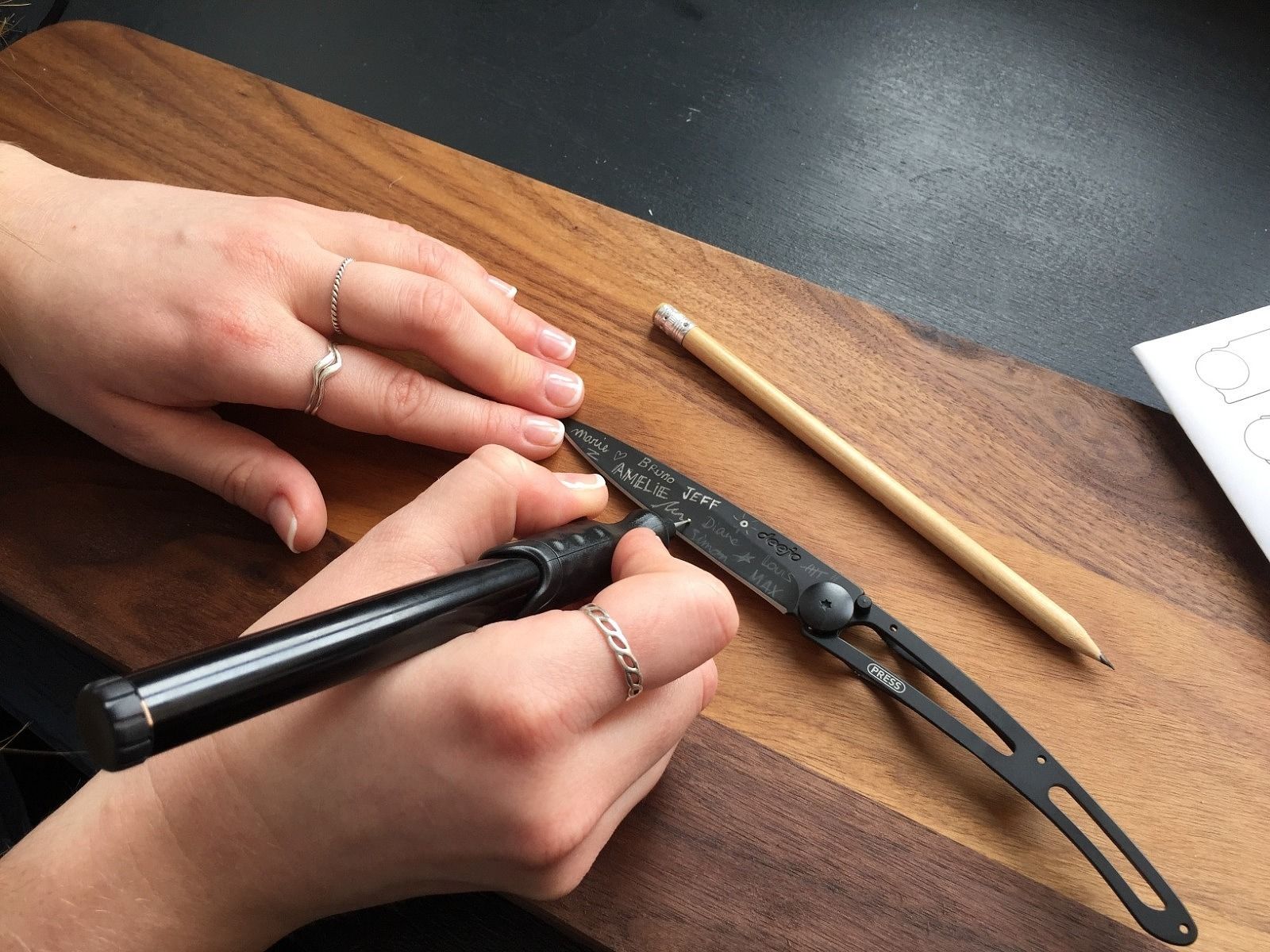
Latino skull UNDER A MAGNIFYING GLASS
09/09/2016

Multicoloured, black, floral or chequered, the skulls of the Dia de los Muertos hold us in their thrall during the splendour of the famous Mexican festival. On 2 November, while some of us have just celebrated Halloween and All Saints Day, Mexican culture holds a custom of commemorating the dead in a very special way! Full of colour, this day is devoted to lively celebrations, around copious feasts and a variety of offerings, all to pay homage to those who have left us. This folk tradition, inherited from Pre-Columbian and Catholic customs, enticed the creative curiosity of Deejo who dedicated to it one of its most popular tattoos, the ‘Latino Skull’, which we invite you to discover in detail:
Skull
An almost universal symbol of the spirit, naturally the skull is at the centre of the Dia de los Muertos commemorations. Its significance is found everywhere in Mexican culture: on 2 November, skulls made of sugar are found alongside graves, family photos and banquets. In fact, altars are decorated with the portraits of the deceased, with offerings, and with a skull, representing the person returned to Earth. For one day the deceased return on Earth alongside the living, and for the occasion regain their memories and their appetite!
Flowers
Wandering through Mexico on the Day of the Dead also means discovering colourful arrays of blossoms and flowers. In addition to decorating skulls and altars, the scent of flowers can attract the souls of the deceased to join the living and feast alongside them. The traditional ‘flowers of the dead’ are the Cempasuchil, Mexican or Aztec marigolds, plentiful and vibrant in colour.
Details
All skulls, whether symbolic or purely decorative, are adorned with a multitude of details which can have different symbolisms. Meanings vary and depend as much on the deceased who is being celebrated as on the role of the skull itself. A time-honoured Mexican tradition, ‘calaveras’ (edible skulls) are available as pastries made from sugar paste, which are decorated with flowers and colourful ornaments. More than a celebration, the Day of the Dead is above all an occasion to create, share and celebrate life and its pleasures!
Fire
From the streets to the cemeteries, luminous decorations flourish in the four corners of the land, evoking this very special celebration! Beyond the festivities, these sources of light, mostly candles, guide the souls of the deceased to their homes. It is therefore traditional to set down paths of candles, sometimes throughout the town or city, so that the spirits can, for this one evening, return home to family.
Smile
In addition to a family celebration, Dia de los Muertos is also a celebration for the five senses! From flavours to colours, this special day is an occasion to reunite with family and take part in the joys of life. The mischievous smile, portrayed on the skulls and on the faces of the living, is a way of literally smiling at death: Instead of fearing it, death is celebrated as another stage of life. This joy of life is found in all the offerings made to the deceased. In their honour, their favourite dishes are prepared, their favourite songs sung and their favourite dances danced, bringing back memories of their lives to show them they will always be remembered.